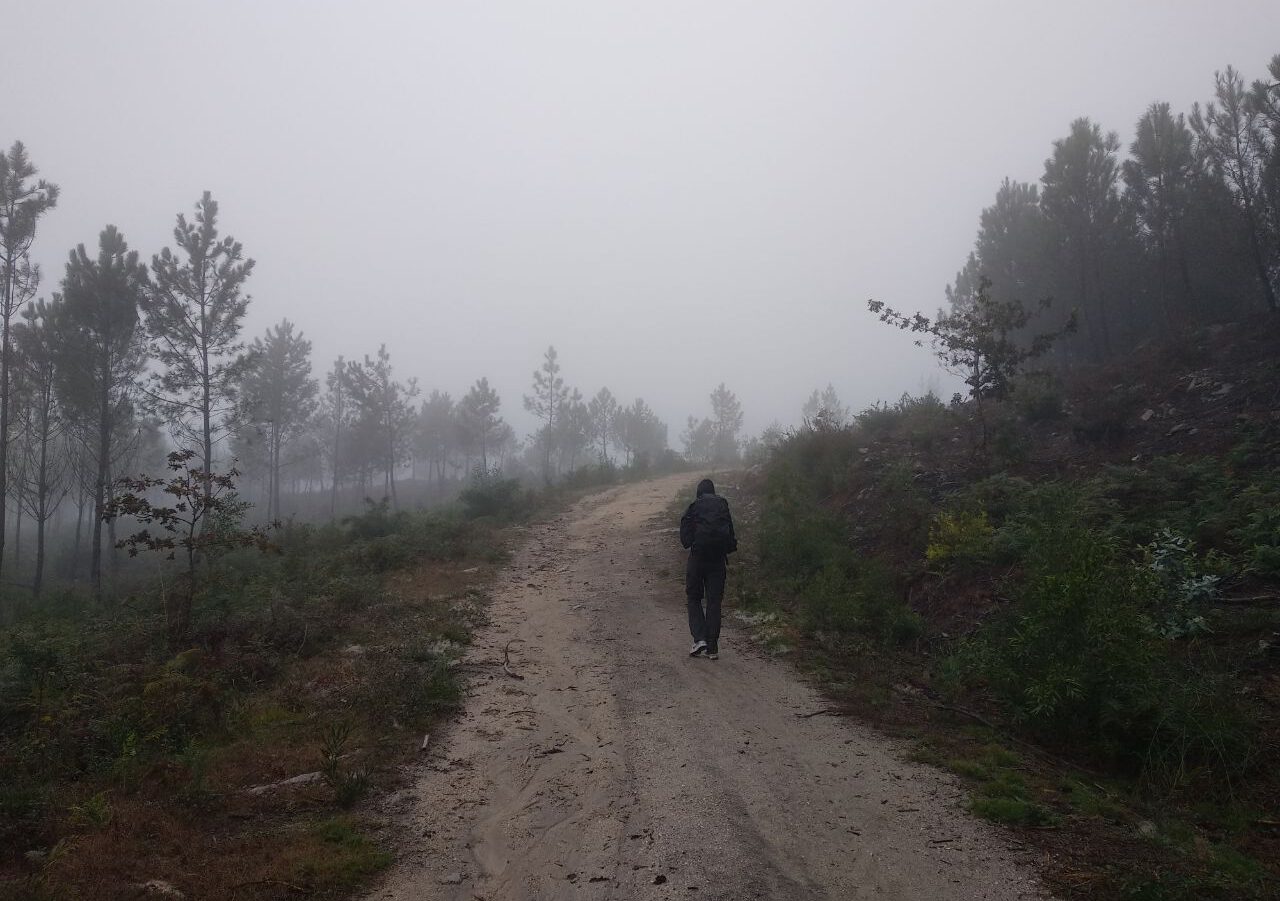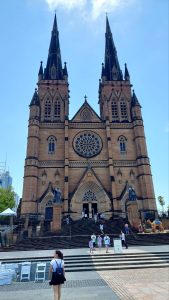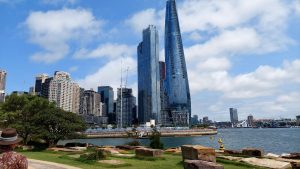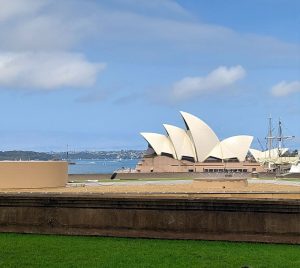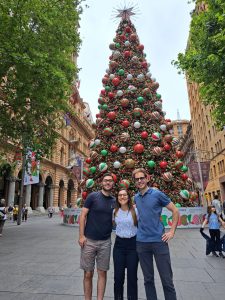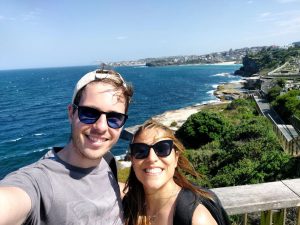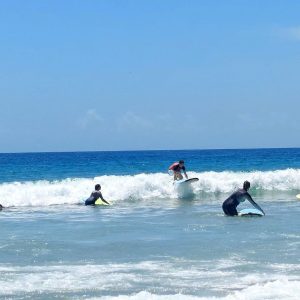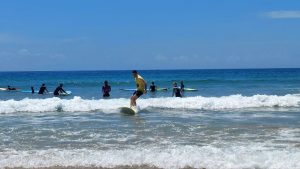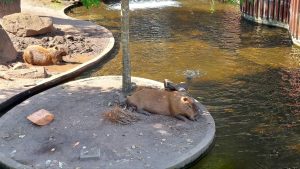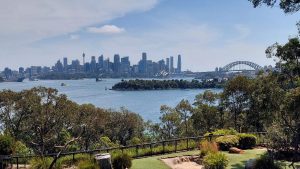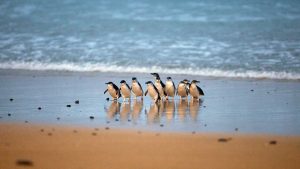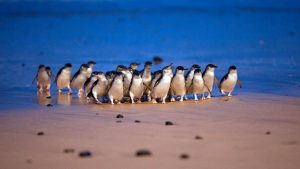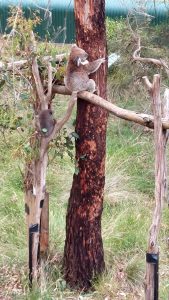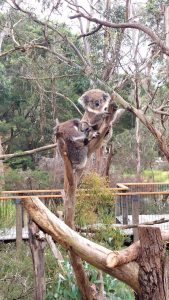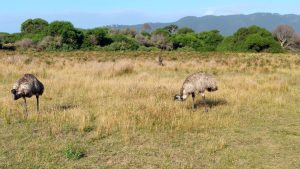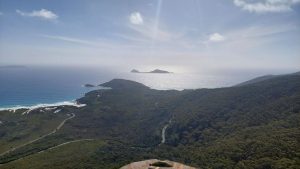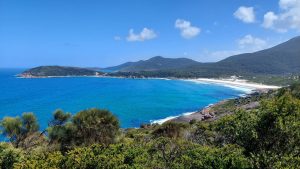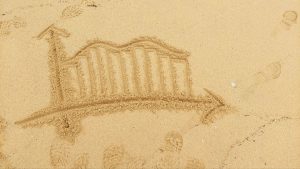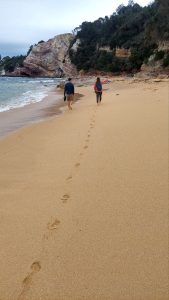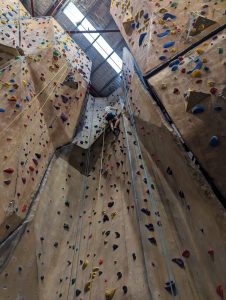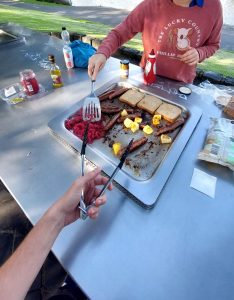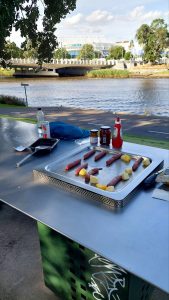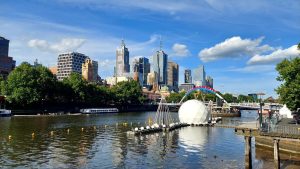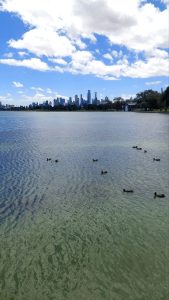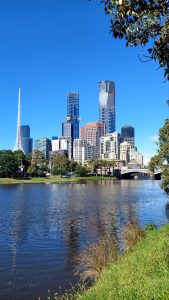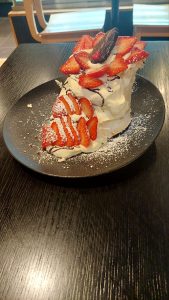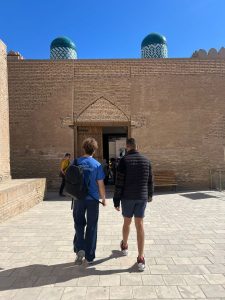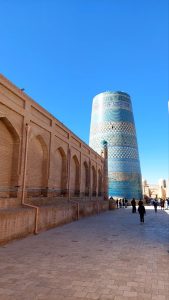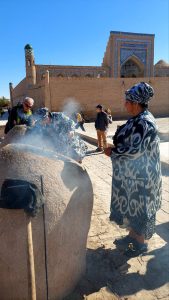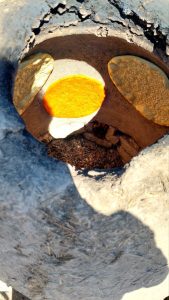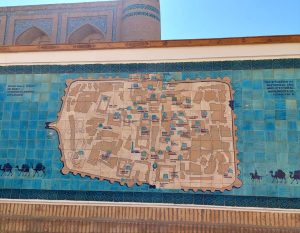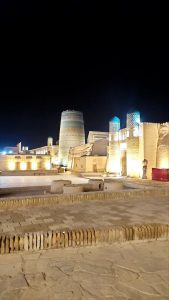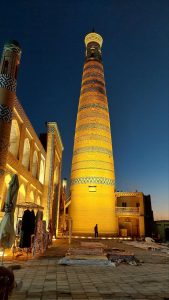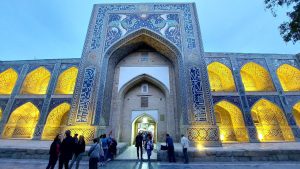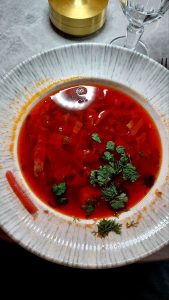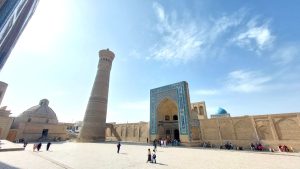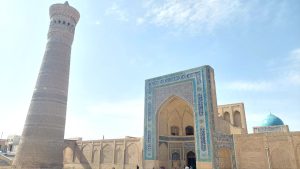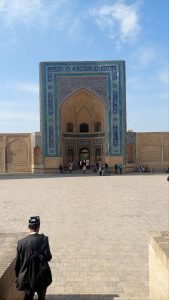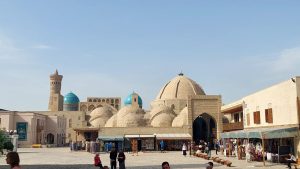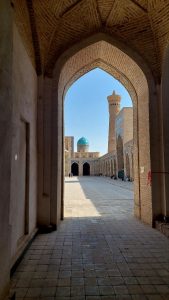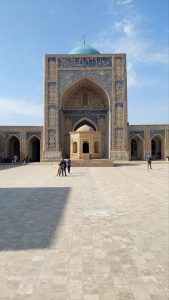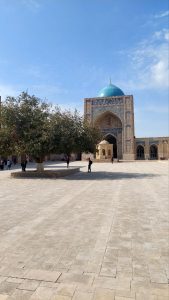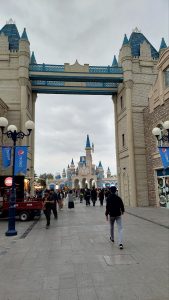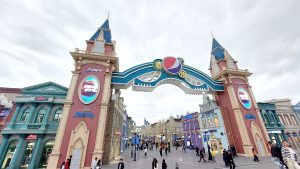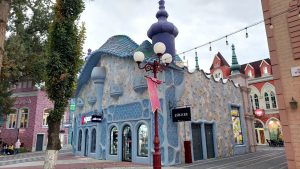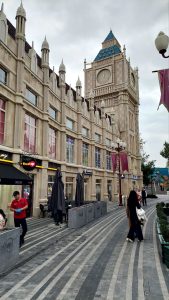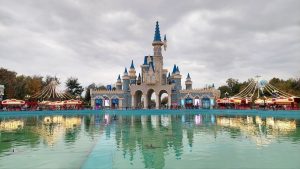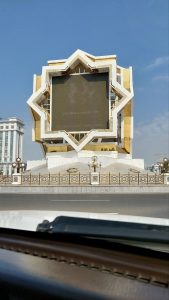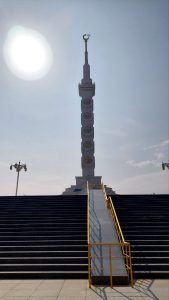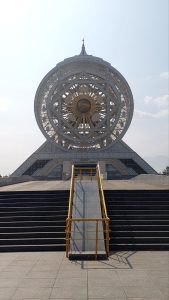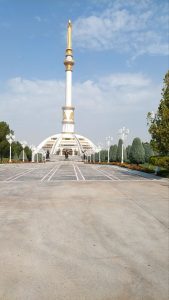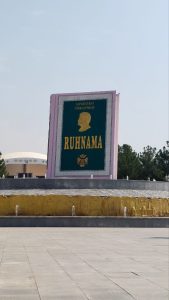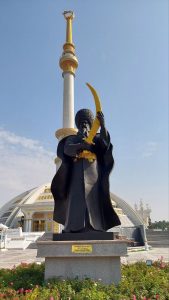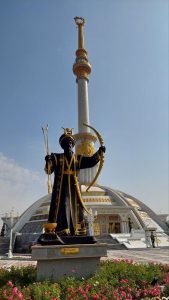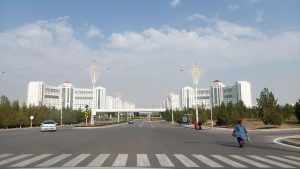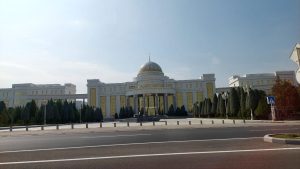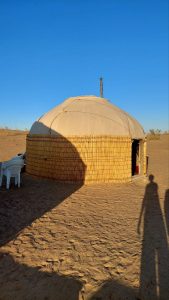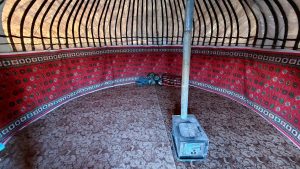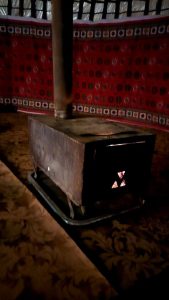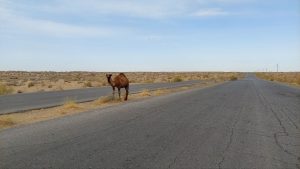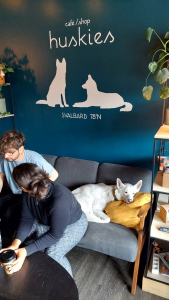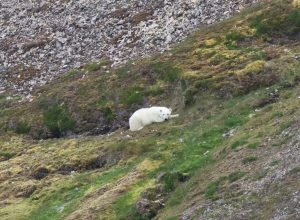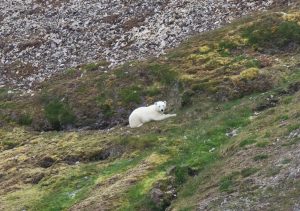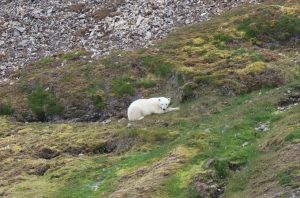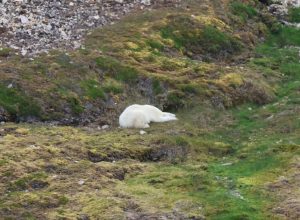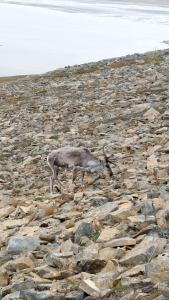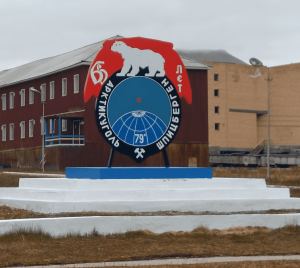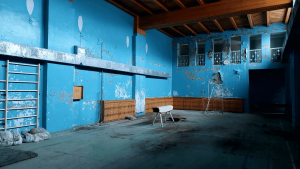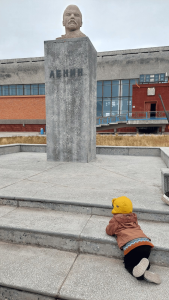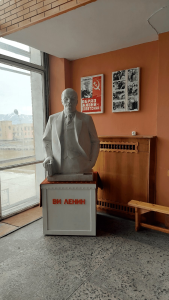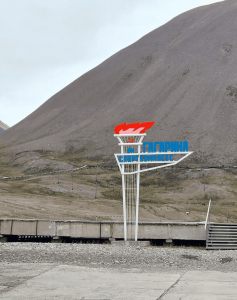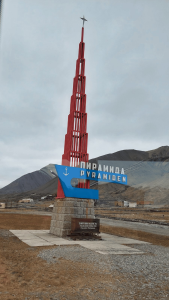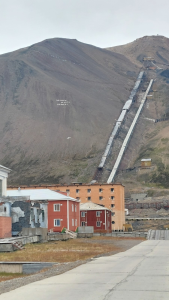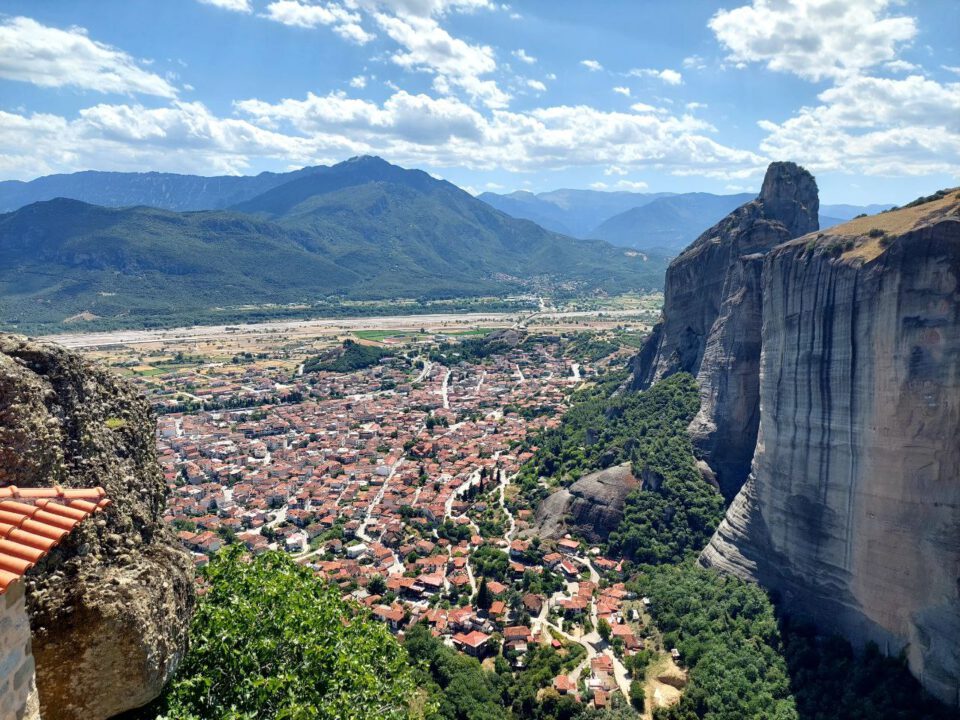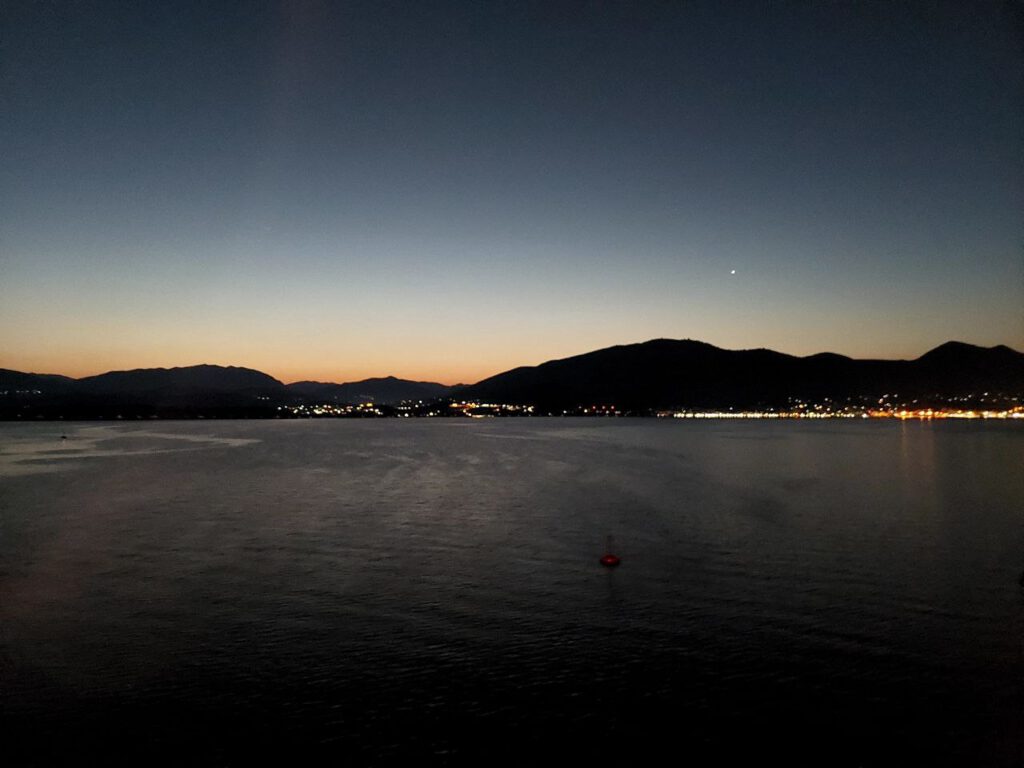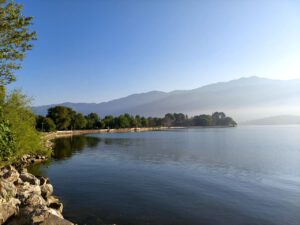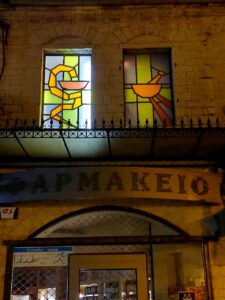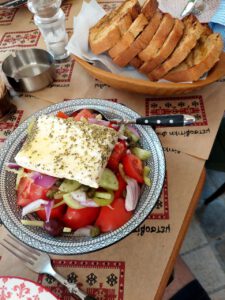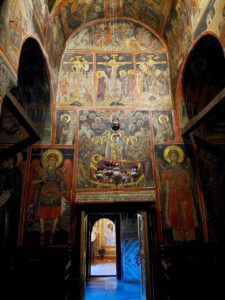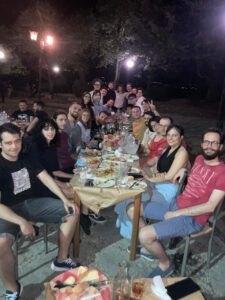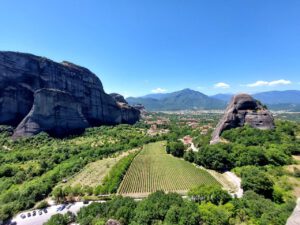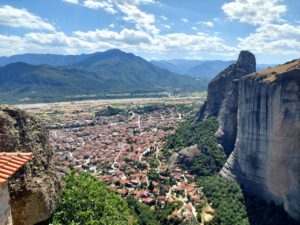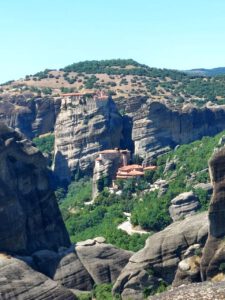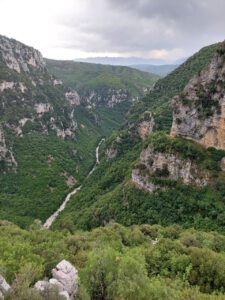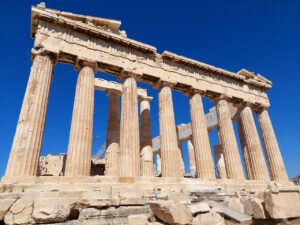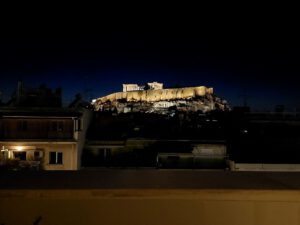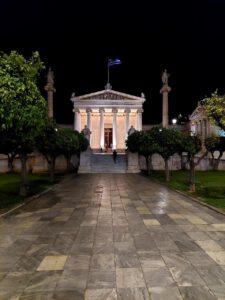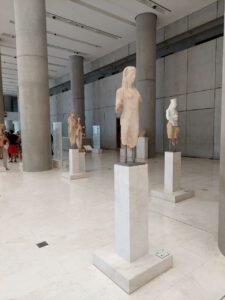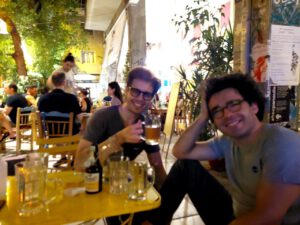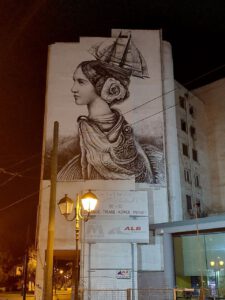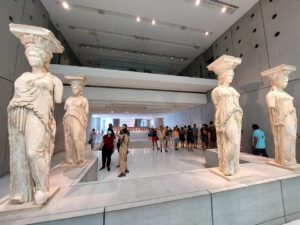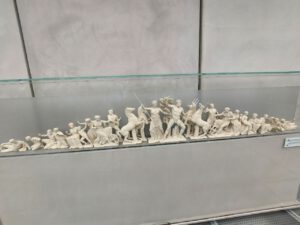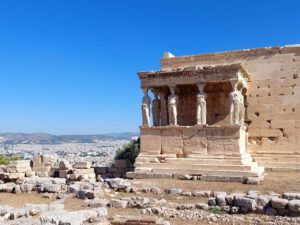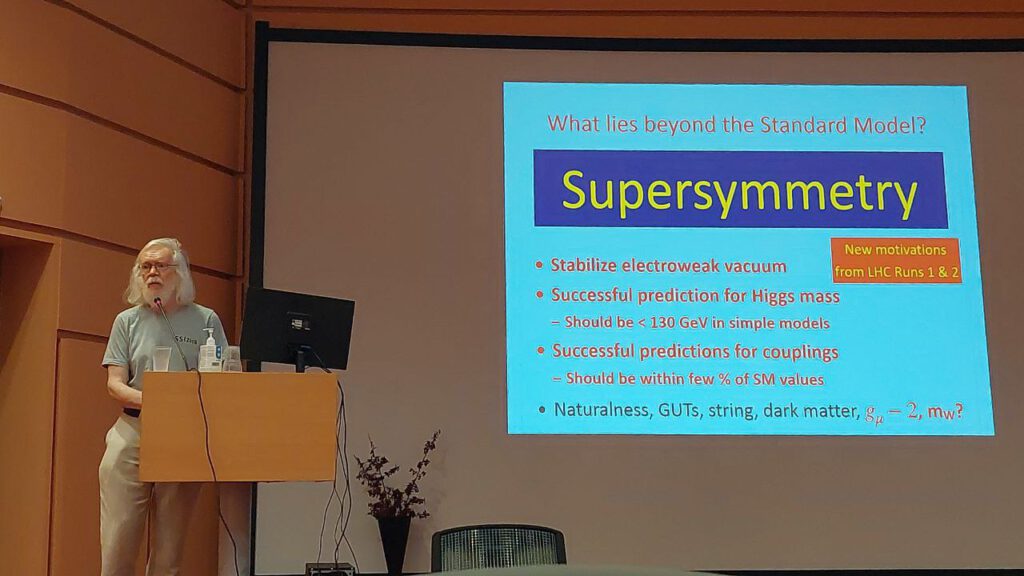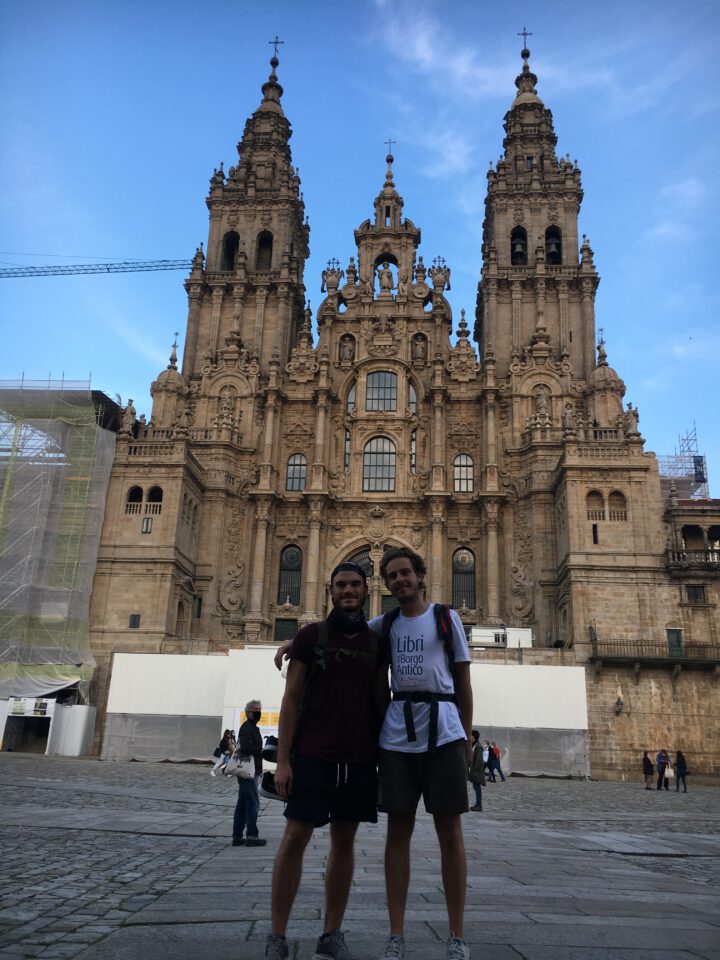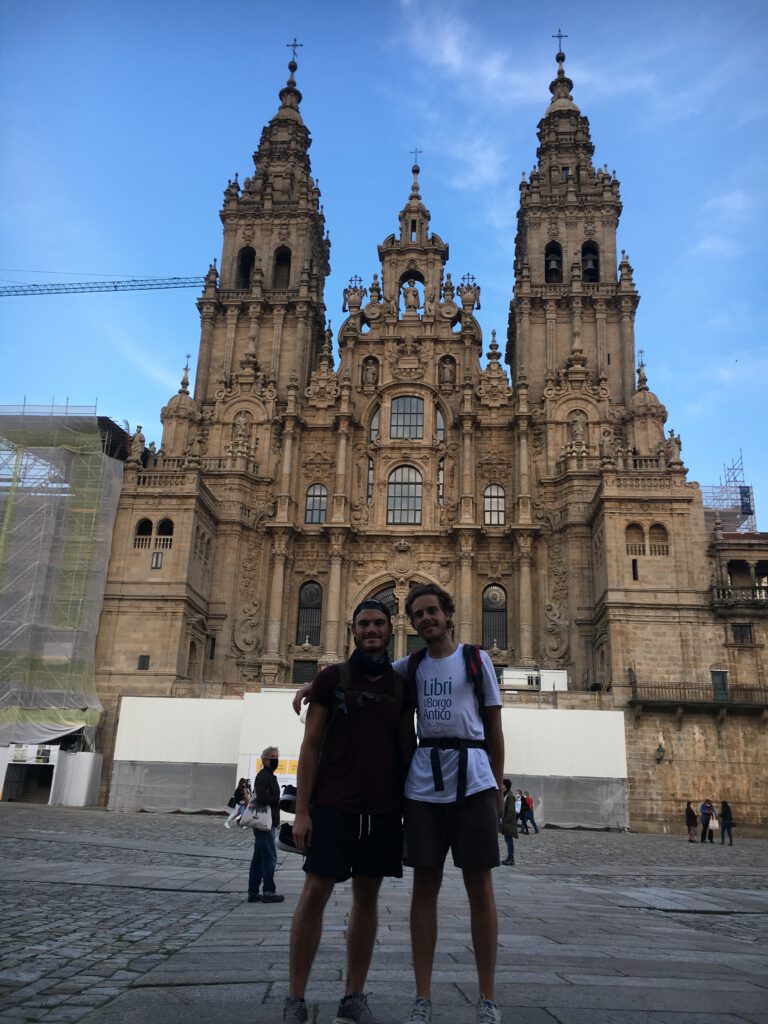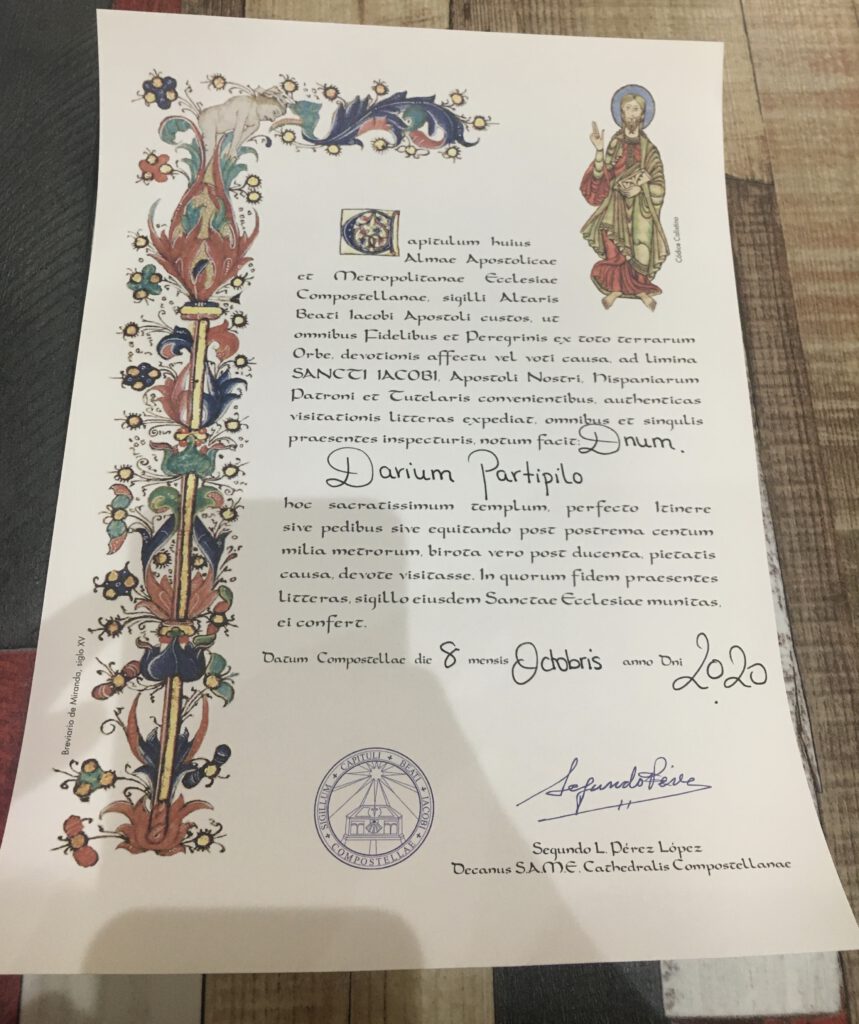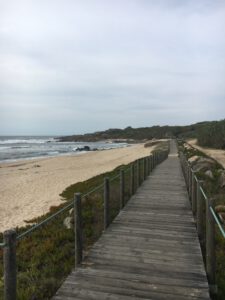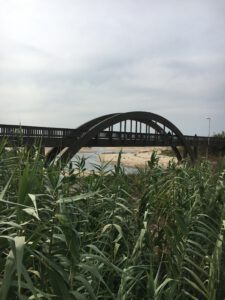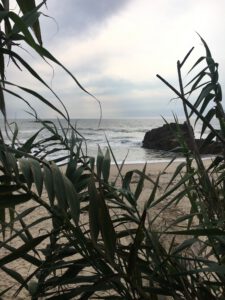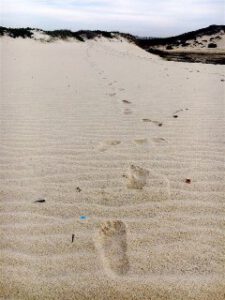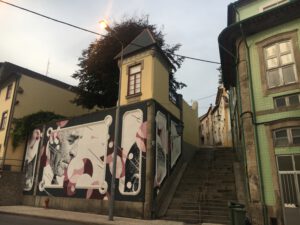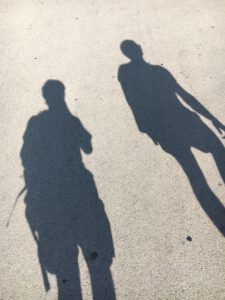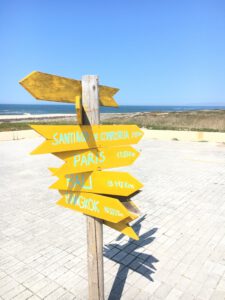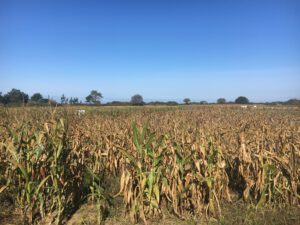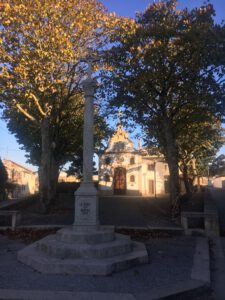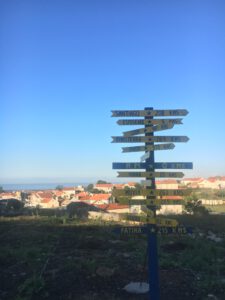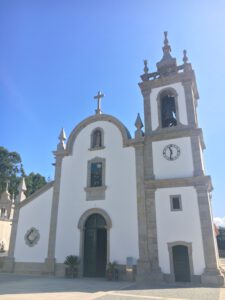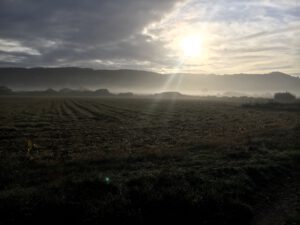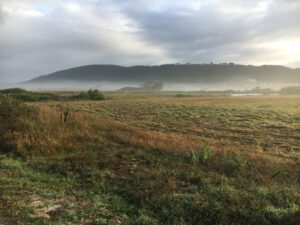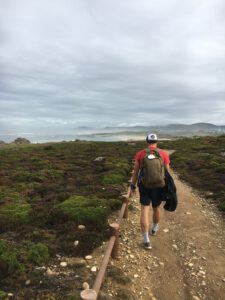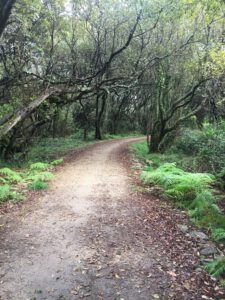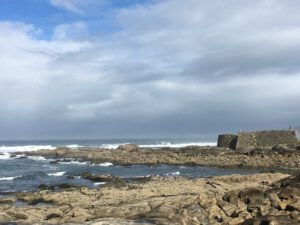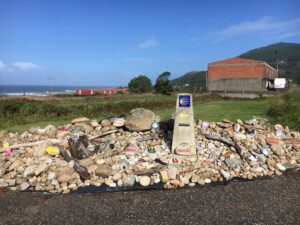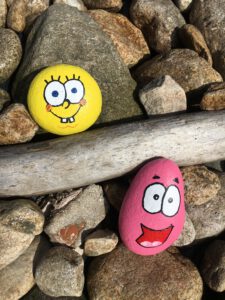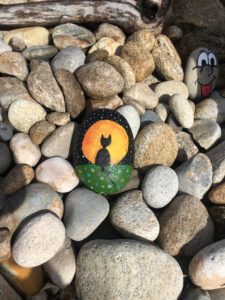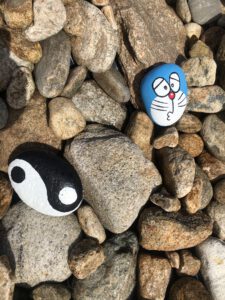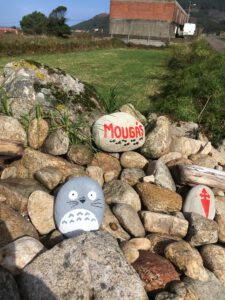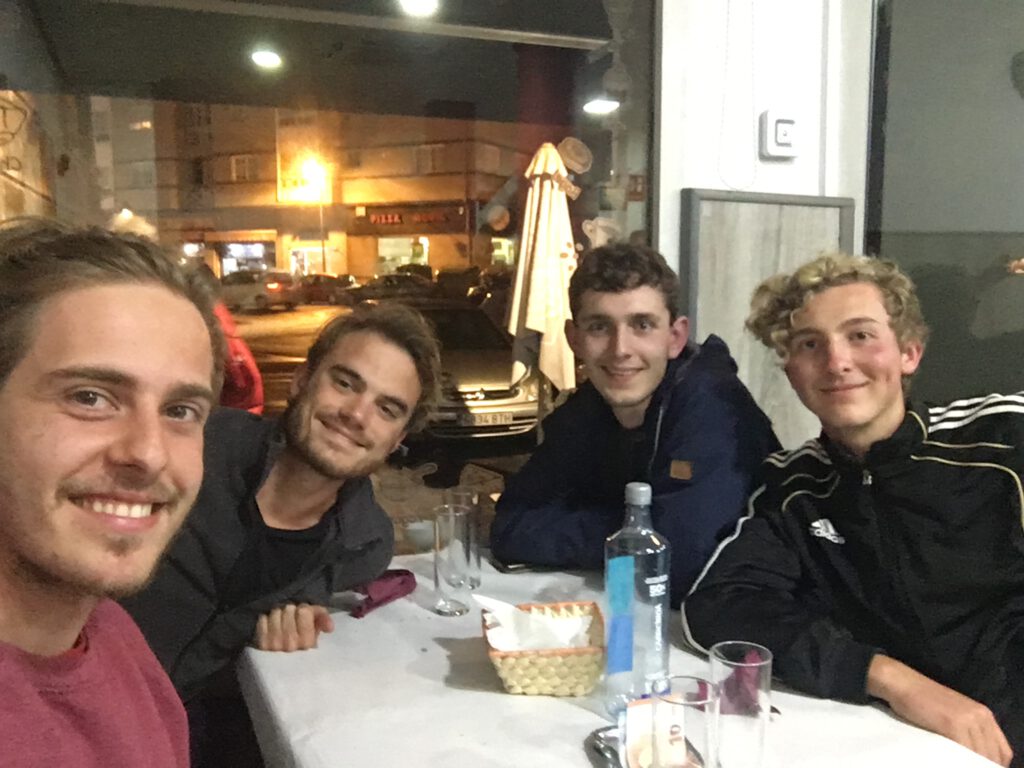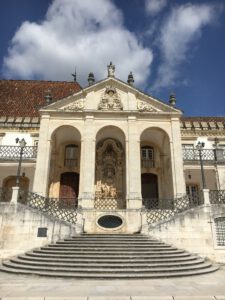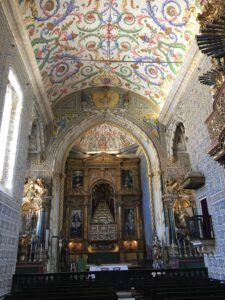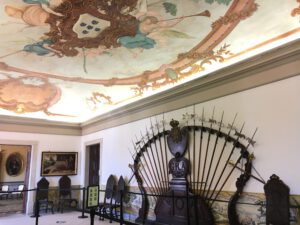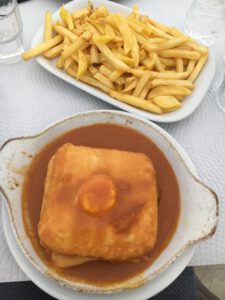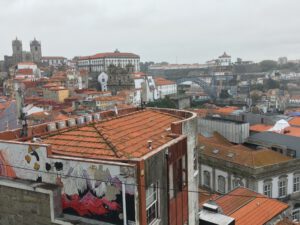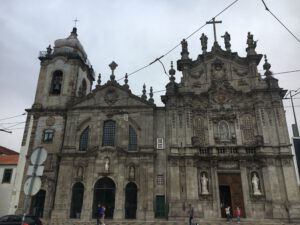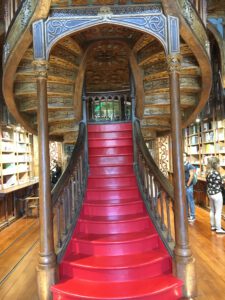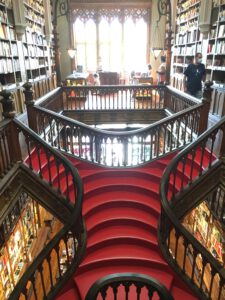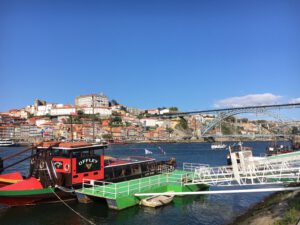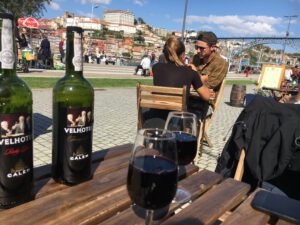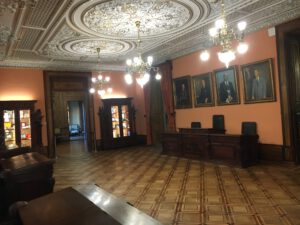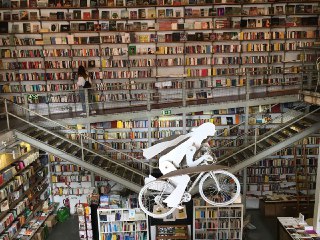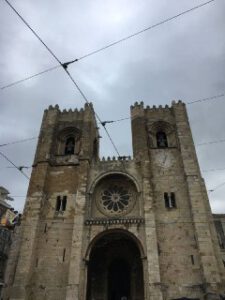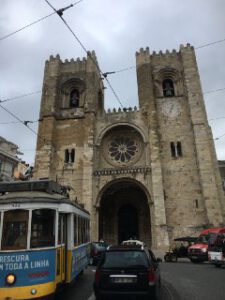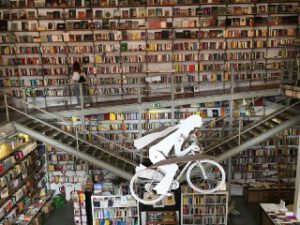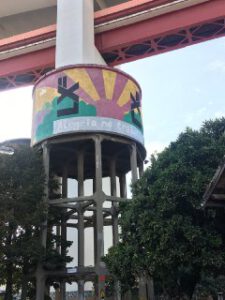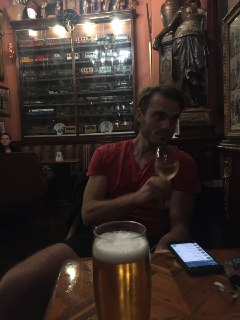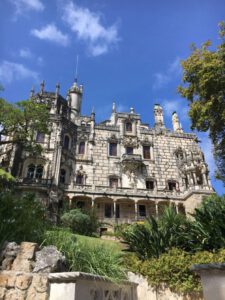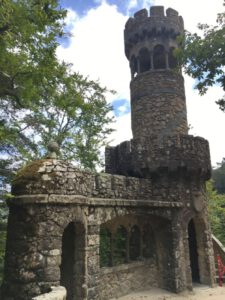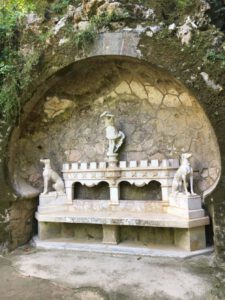I had this trip in mind for a long time. I have always enjoyed challenges, and since I was a scout, I have loved trekking. I probably like trekking more now than I used to because it reminds me exactly of the time I spent with my scout friends, who shaped who I am. I started this trip with my ex-manager, Sai. We used to work together on the same team at GS before he left. We developed a good friendship, and he kindly agreed to join me if I ever decided to climb Kilimanjaro.
We arrived in Moshi early in the morning. After a quick refresh, we headed to the town center. We were looking for SIM cards for the trip, but we ended up being scammed, so we decided to buy only chocolate, which would definitely be needed for overcoming the lack of energy and the cold during the trip.
DAY 1: We met with our guide, Jafari, at the hotel, and after a quick gear check, we headed to the mountain. It was a two-hour drive through some villages. The setting was very green, and our crew, including guides and porters, sang a good luck song to start our journey.
After lunch, we began trekking. On the first day, it was an extremely easy hike, just to start the acclimatization process. The landscape was quite similar to the Mediterranean scrub; it looked like home. Some trees were unique, though, and I had never seen them before. Our guides were very caring and cheerful—the right people to have with you on a mountain hike, where things can go wrong in the blink of an eye. When we arrived at the camp, we met with the other staff and joined the rest of our group of climbers. We quickly became a bigger group; from two to twelve climbers, counting the guides and crew members, we easily reached sixty people. But you know, the more, the merrier! It was only 3,900 m, but at night I could definitely feel the bite of the cold.
DAY 2: Maybe it was excitement or discomfort, but I woke up before the alarm, so I prepared everything for the trek before breakfast. Breakfast was surprisingly rich, from porridge to crepes with Nutella and toast with eggs. The plan for today was to walk from our camp at 3,850 m to Lava Tower, literally a tower of lava at 4,600 m. We had lunch there. The walk was long and tiring, and Sai felt very bad afterward. I thought he would quit at this point, but after lunch, he pushed himself and managed to keep going. Unfortunately, this altitude gain was lost along the way as we descended to Barranco Camp at 3,900 m. In total, we netted just 50 m of altitude from the previous day. It was a bit disappointing, but enduring this helps with acclimatization.
I found the way down more tiring than climbing up. The knees have to support longer and larger efforts, or maybe it was just accumulated tiredness from the morning. Along the way, I also had a nasty surprise: my boots were losing their soles. Definitely something you don’t want to experience on the way up to one of the summits of the seven continents. Luckily, at the camp, I found a resourceful and friendly assistant, Anthumani, who helped me by sewing the shoes. Without him, I couldn’t have continued at all. I owe him a lot.
The crew also surprised us by preparing a cake for Sai’s birthday. It was an amazing experience. They all sang for him, and for us. I am immensely grateful to these people. It was a wonderful way to conclude the day.
DAY 3: The wind hit and howled all night. It was blowing so strongly that it destroyed one side of the main tent. The morning was freezing, so we decided to leave quickly after breakfast. According to one of our guides, this is supposed to be the second hardest day after the summit trek. The plan was to climb the Barranco Wall, a steep barrier that couldn’t be avoided or circumvented. A huge number of people attempted its climb, and from a distance, they seemed like a line of tiny ants. Once at the top, we stopped for some tea before descending to the camp. The way to Karanga Camp was not a simple descent. Soon after the Barranco Wall, one can see the camp, but the route first goes steeply down and then up again. The ascent was quite steep, and I had many difficulties because the wind lifted a huge amount of dust into the air. Toward the end, I could feel the dust in my lungs and mouth. Nevertheless, we arrived at the camp safe and sound, where we had a warm and regenerating lunch, as well as a short acclimatization trek uphill. At night, the starry sky was astonishing, neat, and clear. The Milky Way crossed and cut the sky like scissors on a sheet of paper. I believe this is even more spiritually fulfilling than the feeling of reaching the top, or maybe it’s just day 3, and I have no idea what to expect at the summit if I ever manage to reach it.
The night was freezing, and the amount of time I could spend gazing at the sky while the wind blew and temperatures plummeted was not as long as I would have liked. I retired to my tent to get some warmth from the hug of the sleeping bag.

DAY 4: This was probably the most boring day. The trek was pretty easy—just 4 km to Barafu Camp. We gained a lot of elevation, though, as now we were at 4,700 m, close to Mont Blanc’s altitude. We also had an acclimatization trek to see the beginning of the route we would take tonight.
After a huge lunch, we prepared all our gear for the long night. The peak is about 5 km from the base camp, and along the way, we will gain more than 1,000 m in altitude—all during the night, when temperatures may drop below -20°C. Human bodies are not built to sustain such conditions for long periods of time. We were a bit scared but excited at the same time. It’s only the afternoon, but it’s time to rest.
DAY 5: It is not easy to wake up at 10 p.m. after only two hours of sleep. I rarely drink coffee, but this time I had black tea and coffee for breakfast, it may sound uncommon, but this was the beginning of a long day for us. As always, we had medical checks before departing, but this time, my resting heart rate was already above 105.
Hiking at night, as painful as it could be, is always magical. The sky is just ineffable. We weren’t alone; other climbers were attempting the summit with us. From above, we must have looked like a snake of lights. Many times during the trek, you are alone with your thoughts, and my mind wandered from life choices to math problems. I also came up with new questions for the next job interviews I will conduct. In particular, one member of our team, Jay, kept asking how many switchbacks there were between the base camp and the top. This led me to elaborate on some interesting problems (people reading this article and attempting my interviews will now have a slight advantage).
When you are tired, some of your thoughts can drag you down. The guides know this very well, so they interrupt the flow of thoughts with their Swahili chants or mottos, which we were supposed to complete, like “One Team, One Dream” or “Non-Stop to the Top.”
With temperatures constantly below 0°C, I was always hoping for the sun to come out quickly to warm up the air. The starry dome rotates above us during the night (at least in our reference system), so it can be used as a clock. Unfortunately, to fight the cold and cope with the fatigue and lack of oxygen, my heart kept pumping stronger and stronger. At an altitude of 5,600 m, I could definitely feel my heartbeats in my throat and head. I could walk no longer.

I asked one of the porters to carry my bag for me, and this helped me to keep going for a few more switchbacks. Then, again, thanks to the caffeine, I was in the same condition. My heartbeats had been extremely high for the whole trek (6 hours), and they weren’t slowing down. In this condition, the only thought crossing my mind was to quit. I didn’t know how much longer the hike would take, and I was scared I could have a heart attack. In hindsight, caffeine was not a good idea at all. At that point, Jafari encouraged me, so I gathered all my strength and kept pushing. Every effort at this altitude is extremely difficult, but after only ten more switchbacks, we arrived at the top of the crater, Stella Point. The sun emerged from the clouds, and the panorama above the clouds was absolutely astonishing. I couldn’t refrain from crying. I believe this was the first time in my life that I cried for the sense of beauty.
Stella Point is not the peak, though. The crater is not all at the same level. So after a few minutes of resting, we started again on our relentless march to the top of Africa. Even though I was weary and in awful condition, at that point, reaching the top was my only desire. One step after another along the crater’s edge, we slowly covered the remaining 150ish meters of altitude that separate Stella Point from Uhuru Peak, the roof of Africa. The joy finally exploded. I started hugging everyone, from the guides to the team members. We took the ritual pictures and then started our descent. My heart didn’t calm down until we were well below 5,000 m.

The remaining days were just a descent to the main entrance, where we had a ceremony with our guides presenting us with medals and certificates for climbing the highest free-standing mountain in the world. The final moments of a trip are often emotional, and this was no exception. Saying goodbye, which felt more like a farewell, to the other climbers with whom we shared such an experience, and to the guides and team members, was hard. This experience will forever be stored in my memory, and I will be forever grateful to the crew and my companions. Without them, none of this would have been possible. I don’t believe much in “one-man shows.” I strongly believe in teamwork, and we were a team. What resonates in my mind now as I write this diary is only, “One Team, One Dream.”

